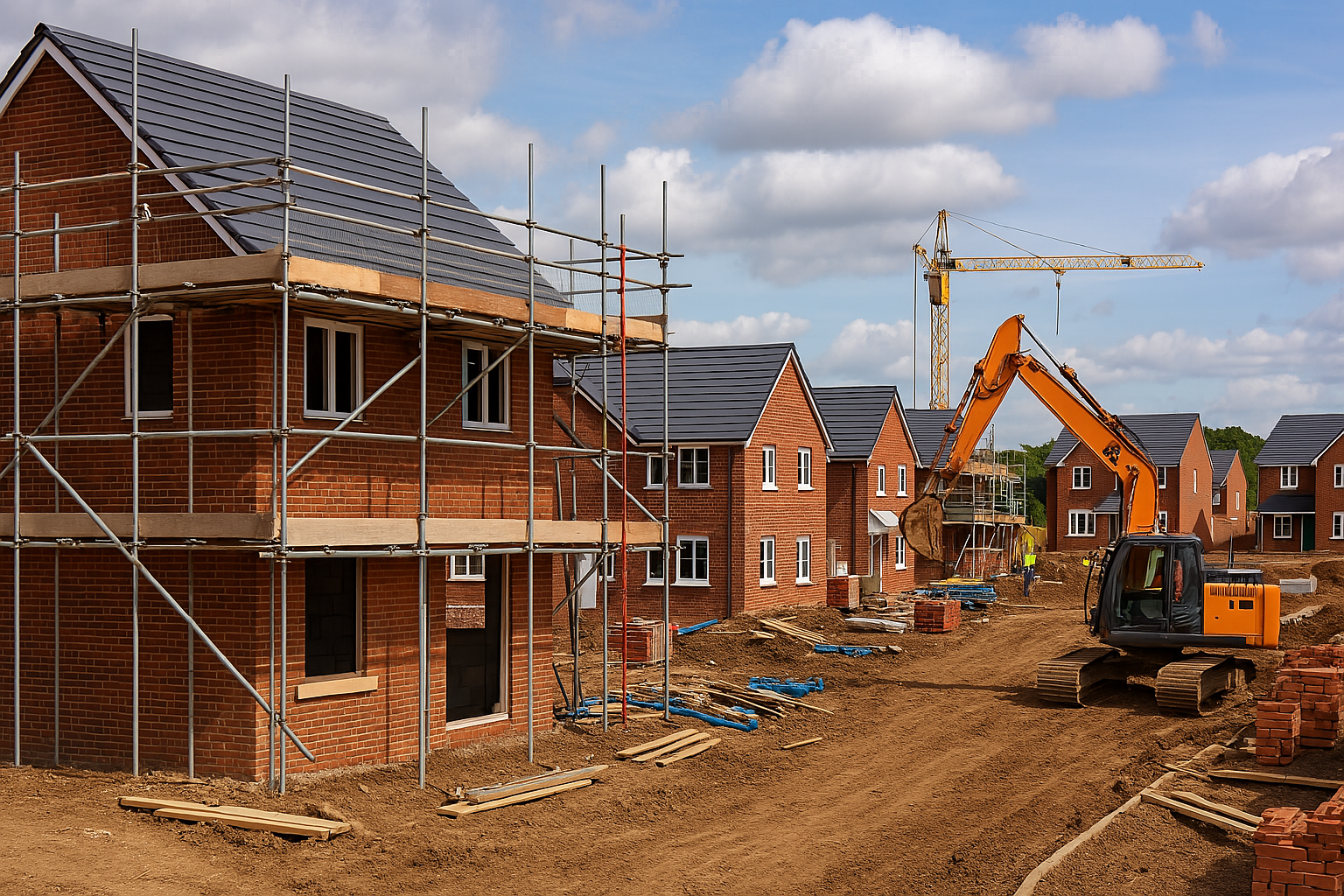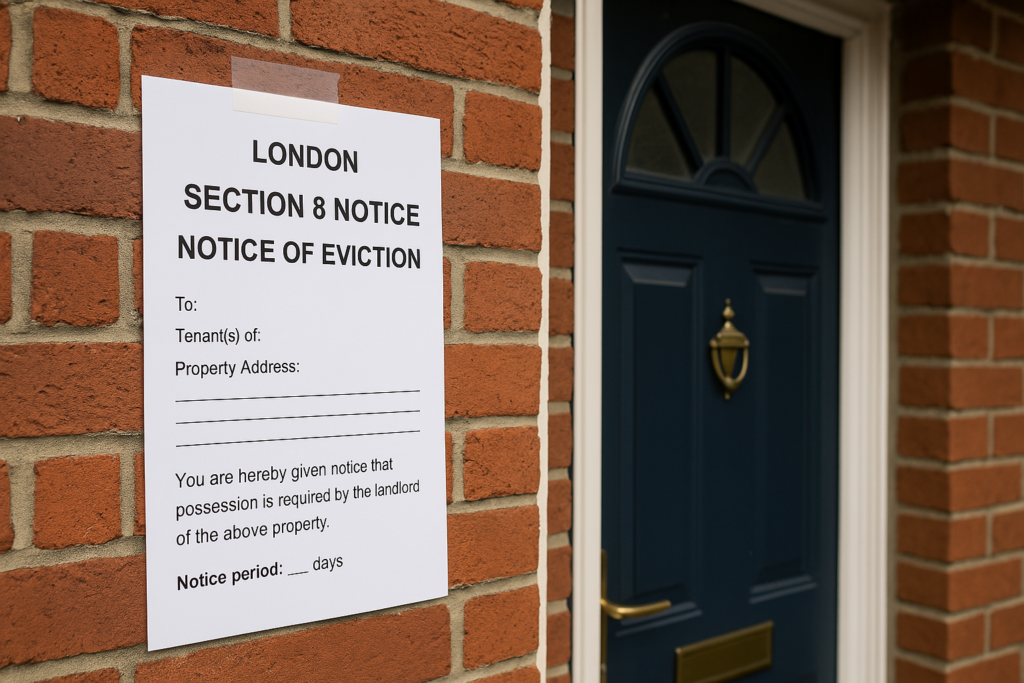Strategic Partnership Set to Transform Disused Rail Land into Housing Hubs
In collaboration with government-backed developer Homes England, Network Rail has unveiled an ambitious plan to deliver 40,000 new homes across the UK.
This groundbreaking partnership aims to unlock brownfield rail-adjacent land for residential development, contributing significantly to the national housing supply and supporting regional regeneration objectives.
Focus on Brownfield Regeneration: Unlocking Underutilized Rail Assets
The cornerstone of this strategy is the intelligent reuse of surplus rail land, much of which has remained dormant for decades. The partnership is identifying sites that:
Are close to existing transport links
Require minimal remediation
Are suitable for high-density, mixed-use development
This approach allows for rapid deployment of housing solutions while preserving greenfield areas. Network Rail and Homes England align their efforts with the UK government’s “brownfield first” policy by focusing on brownfield regeneration, boosting housing targets without compromising environmental sustainability.
Investment Framework and Delivery Timeline
The joint development programme is structured around a phased investment model, allowing for progressive site rollouts across major cities and regional towns.
Initial phases are already being scoped in London, Manchester, Birmingham, Leeds, and Bristol. The investment framework includes:
Land transfer facilitation via Network Rail
Planning and zoning coordination with local authorities
Development capital leveraged through Homes England’s infrastructure and loans portfolio
Delivery partnerships with private housebuilders
Projected Timeline:
Phase 1
Region: London & Southeast
Units Delivered: 12,000
Target Completion: 2027
Phase 2
Region: Midlands & North
Units Delivered: 15,000
Target Completion: 2029
Phase 3
Region: Nationwide
Units Delivered: 13,000
Target Completion: 2031
Transport-Oriented Development: A Future-Proof Urban Planning Model
This programme embodies a Transport-Oriented Development (TOD) strategy. Each site is planned to maximize proximity to train stations, ensuring residents benefit from sustainable, car-free urban lifestyles.
Key TOD Features:
High-frequency public transport connectivity
Walkable, pedestrian-first neighbourhood design
Integration of cycle infrastructure and EV charging stations
Mixed-use retail, education, and public space components
The objective is to reduce car dependency while boosting footfall and vibrancy in underutilized rail corridors.
Supporting the Government’s Housing and Levelling-Up Agenda
This development initiative aligns directly with the UK government’s dual focus on housing delivery and economic levelling-up.
Homes England has reaffirmed its commitment to enabling high-quality, affordable homes across urban and semi-urban locations.
This partnership will also contribute to:
Meeting the target of 300,000 homes per year
Revitalizing post-industrial towns in the North and Midlands
Stimulating regional economies through construction and infrastructure jobs
Mermaid Diagram Timeline Description in Plain Text:
Network Rail Housing Delivery Programme
Phase 1 – London & Southeast:
Site Identification: Starts January 1, 2024 – Duration: 90 days
Planning & Consultation: Follows immediately – Duration: 120 days
Construction Start: October 1, 2024 – Duration: 2 years (730 days)
Phase 2 – Midlands & North:
Site Identification: Starts January 1, 2025 – Duration: 90 days
Planning & Consultation: Follows immediately – Duration: 120 days
Construction Start: October 1, 2025 – Duration: 2 years (730 days)
Phase 3 – Nationwide:
Site Identification: Starts January 1, 2026 – Duration: 90 days
Planning & Consultation: Follows immediately – Duration: 120 days
Construction Start: October 1, 2026 – Duration: 2 years (730 days)
Prioritising Affordability and Community Infrastructure
Homes England and Network Rail will ensure that a significant percentage of the homes delivered will be affordable, with a blend of:
Social rent units
Shared ownership schemes
Discounted market sale homes
These developments will also include essential community infrastructure, such as:
Primary schools
Healthcare facilities
Local business hubs
Green public spaces and recreational areas
This ensures each new community is self-sustaining and socially resilient from the outset.
Sustainability and Environmental Standards
All homes developed under this partnership will meet or exceed Future Homes Standard 2025, prioritizing:
Net-zero ready construction
Low-carbon heating systems
High energy efficiency ratings (EPC A)
Enhanced insulation and ventilation measures
Sustainability will also be woven into public realm design, with:
Urban greening and tree planting
Blue infrastructure for surface water management
On-site renewable energy generation where feasible
Strategic Site Case Studies
Old Oak Common, West London
One of the flagship sites, adjacent to the HS2 and Crossrail interchange, will accommodate over 6,000 new homes, delivering a new urban centre in West London.
Curzon Street, Birmingham
Located near the city’s new HS2 terminal, this site will offer affordable, build-to-rent housing, student accommodation, and co-working spaces.
Conclusion: A Milestone in Public Land Utilisation for Housing
The Network Rail and Homes England initiative is pivotal in the UK’s effort to address the housing crisis through innovative, transport-linked land development.
This partnership sets a blueprint for future public sector-led housing strategies by transforming underutilised rail estates into thriving, sustainable neighbourhoods.
This coordinated approach will deliver thousands of much-needed homes, foster economic uplift, and contribute to a greener, better-connected Britain.
Read our other Blogs:
Renters Reform Bill 2025: A Comprehensive Guide to Tenant and Landlord Rights in the UK
The 15 Most Expensive Neighbourhoods Outside London in 2025





